Market Share
Near Infrared Imaging Market Share Analysis
The Near Infrared Imaging Market, which provides non-invasive medical and industrial imaging, is competitive. Companies in this industry use numerous techniques to gain market share. A main tactic is to relentlessly pursue technical advances. Near-infrared imaging equipment are improved by company research. This involves increasing image depth, resolution, and application innovation. Staying ahead of technology attracts healthcare and industrial users and positions organizations as Near Infrared Imaging Market leaders. Companies use near-infrared imaging in numerous sectors due of its adaptability. Offering many uses, from medical diagnostics to industrial quality control, improves market reach. This approach draws various customers and positions organizations as full solution providers. Near Infrared Imaging Market collaboration with research institutes and academic organizations is crucial. Strategic alliances let companies access cutting-edge science and test new imaging technology. Innovation and research community reputation help corporations increase market share via these relationships. Due to global demand for non-invasive imaging technology, enterprises grow globally. This requires collaborations with distributors, regional healthcare providers, and industrial producers, and compliance with various regulations. Global penetration lets organizations enter developing areas and broaden their client base. Companies fund educational programs to promote near-infrared imaging. Training, seminars, and instructional tools for healthcare professionals, academics, and industrial users are included. Knowledge empowers people to embrace products and develop enduring connections, increasing market share. The Near Infrared Imaging Market needs strong clinical proof. Imaging equipment manufacturers fund research, clinical trials, and case reports to prove their products work. Scientific validation supports product claims and promotes healthcare professional and researcher credibility, increasing market share. Companies customize near-infrared imaging systems for various sectors. Offering bespoke solutions for cancer medical imaging or manufacturing quality control boosts the company's market position by meeting varied client needs. Strong brand visibility is essential in a competitive market. To boost brand awareness, companies use conventional and digital marketing tactics. Industry conferences, targeted web advertising, and instructive material are examples. A strong marketing plan boosts brand awareness and market share. Following regulatory criteria and maintaining high-quality imaging equipment are crucial in the Near Infrared Imaging Market. Strong quality assurance processes and product updates to meet with changing requirements are used by companies. Following these criteria improves user trust and preserves the company's reputation and market share.

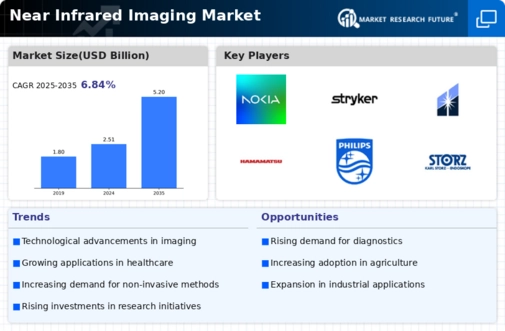
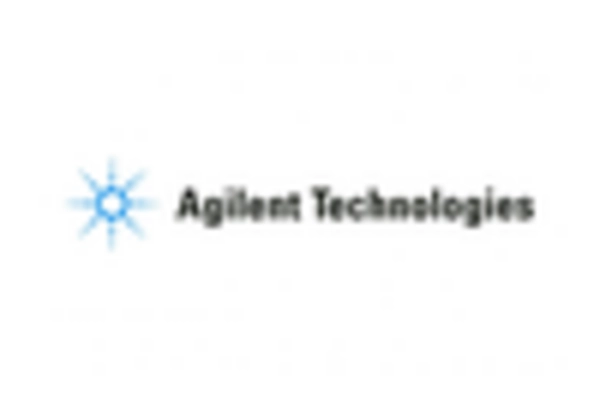
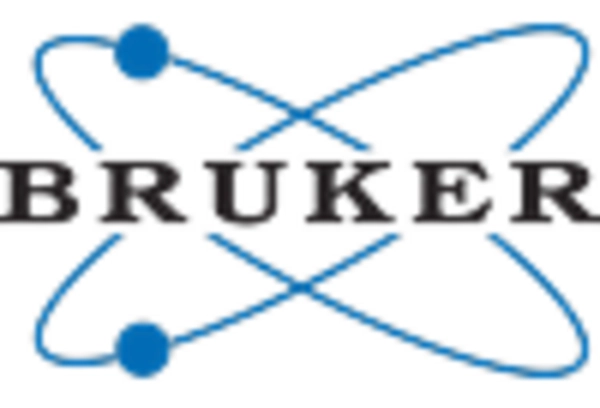
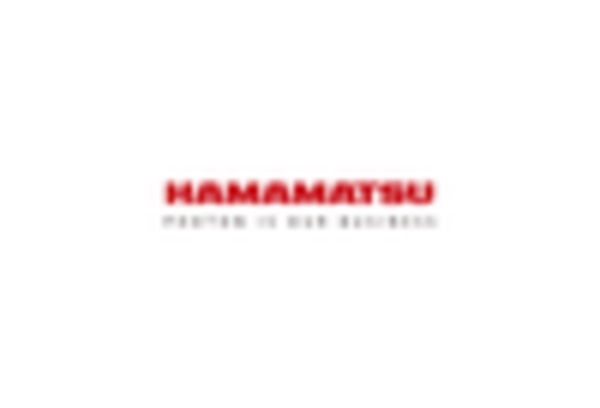

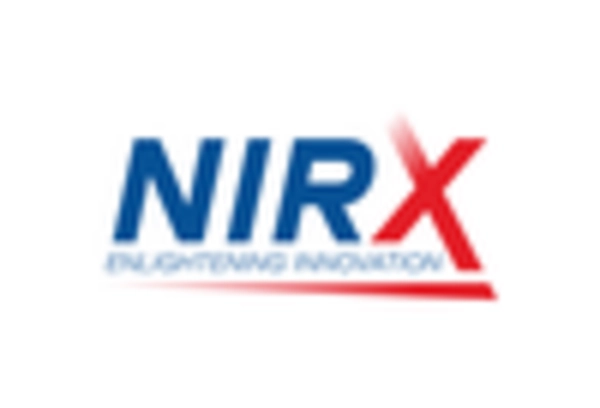
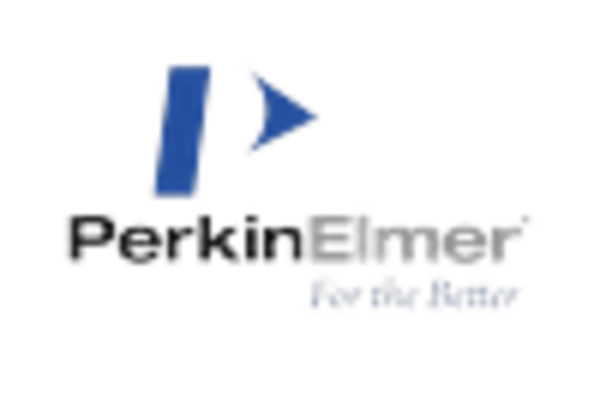









Leave a Comment